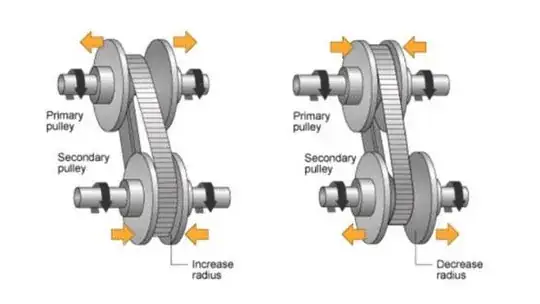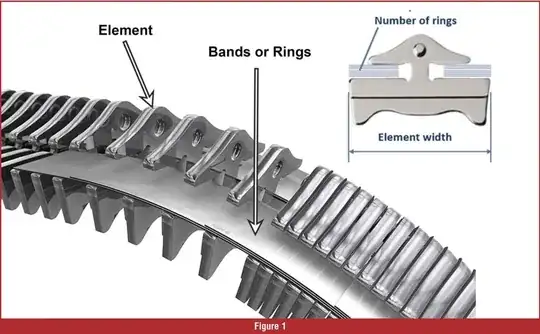Continuous variable transmission engines are now common. What this appears to mean (do correct me) is that instead of matching a specific pair of discrete gears (for 1st speed, 2nd speed, etc), there is a continuous gear (of what form; helical?) that is matched to a gear. This means that CVTs have effectively a continuous, or infinite, number of "gears", rather than a finite/discrete set.
On traditional (manual) transmission, when I engage cruise control on 4th speed on country roads or 5th speed on the highway, I do not think twice about maintaining this gear engagement for an hour or more. The gears will take it.
But with CVT I'm no longer so sure.
If I engage cruise control, I imagine that a small section of that magical helical transmission will engage. Stressing just this one section of the CVT for an extended period sounds like a recipe for it to deteriorate more rapidly, ultimately leading to failure of the transmission.
Is continuous variable transmission (CVT) averse to extended cruise control? In other words, do I have to be careful to engage cruise control for, say, 10 minutes, then change the speed slightly up or down, and then engage again for another 10 minutes, and so on?

